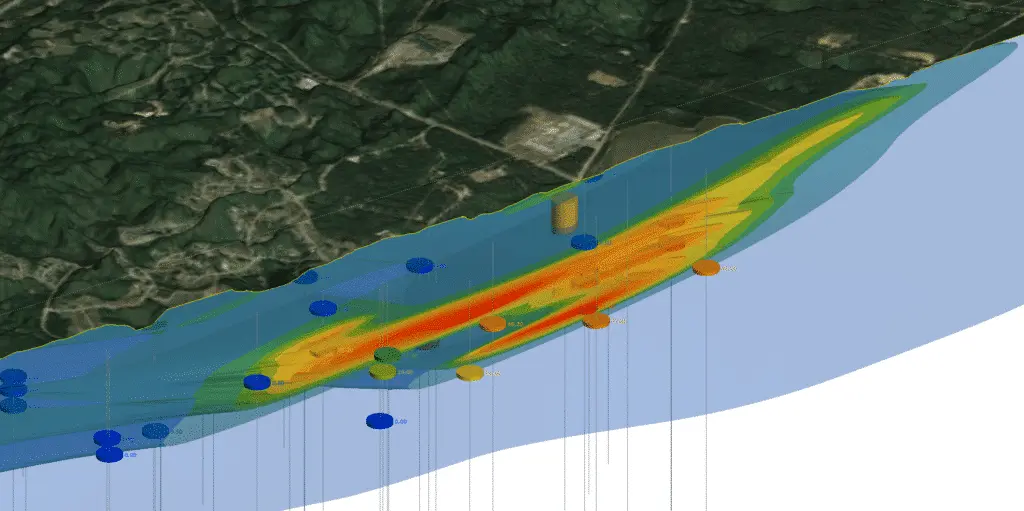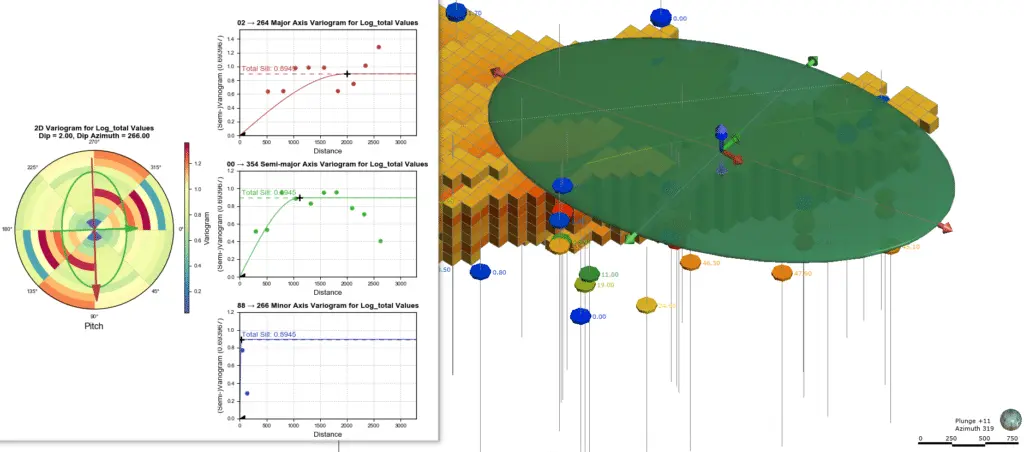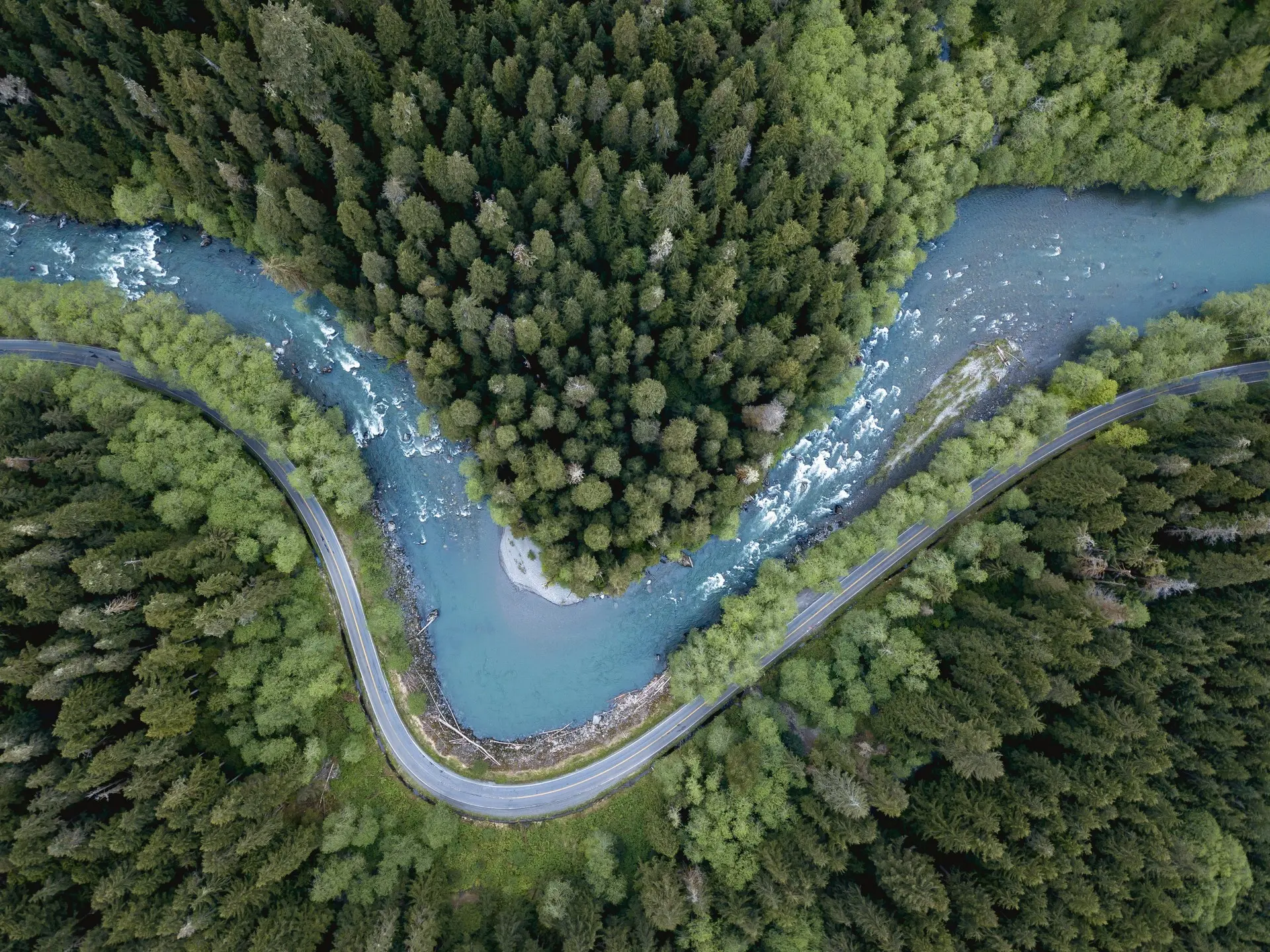Specialists solutions for those working in the environmental industry need to address everything from collaboration to clear communication to the day in court when every decision is under the microscope.
“If a picture is worth a thousand words, a 3D visualisation of a site, with all the data and infrastructure in place, is worth a million.”
The Contaminants sector presents unique challenges to consultants working within it. It’s a complex and demanding environmental field in which being called to a potentially contaminated site by a client is rarely good news – or simple.
What follows is likely to be costly. Legal obligations will be rigorous and stressful, litigation common, and stakeholders varied in their understanding of the problems involved. Your role will be to navigate all of these demands in a way that will minimise costs and delays, while being sturdily defensible should a court case ultimately arise. (Considering the multiple claims that can result from pollution incidents, the risks of getting it wrong are intimidating to say the least).
At the same time, you’ll need to explain your solutions to everyone from contractors, engineers, and geologists to corporate representatives, legal authorities, regulatory boards, and community members. Somehow you will need to bring alive the complex nature of the subsurface you’re dealing with to each one of those groups. Their ability to grasp what you’re telling them, put it in context, and follow your arguments will vary dramatically.
But even before that moment comes, there’s the challenge of bringing together disparate sets of geophysical, geological, and contaminant data – under time and cost pressures – to establish a comprehensive picture of the conditions so you can take the first steps in addressing the risks of the project and minimising their impact.
And you’ll need to do all that in a way that enables a broad set of experts to collaborate easily. You want your client to feel confident in the plan you’ve presented and ready to press “go” on a set of actions that could have significant ramifications if wrong. In short, the Contaminants sector can be a high, thin, and lonely tightrope.
So, what can be done to make these challenges more manageable for consultants in the sector?
The first step to solving a problem is to see it clearly
Clear, intuitive, and revealing data visualisation is an invaluable tool in defusing many of the threats and situations that a complex contaminants project will throw up.
If a picture is worth a thousand words, a 3D visualisation of a site, with all the data and infrastructure in place, is worth a million.
An interactive, dynamic site model can be an indispensable aid to your analysis by constantly and seamlessly updating data as it comes in – for example, in supporting a robust plume model, one that will stand up to rigorous cross examination and play an essential role in managing the site.
Throughout the project, teams can bring together their diverse technical experience and data and sift through it collaboratively to arrive at the techniques that will best address the contamination.
A 3D visualisation is the one certain way of communicating that resulting message to every stakeholder, be they a technical specialist or a person in the community. For every stakeholder who instantly understands what 20 metres deep means, there will be another for whom the figure is meaningless. But, represent it as a six-storey building in a 3D visualisation and everyone will grasp that digging that far down is not such a good idea.
Seeing in 3D supports human cognitive processes and enables us to spot answers and outcomes that would be obscure in written documents or spreadsheet numbers. This is even more the case for less technical audiences such as lawyers, landowners, regulatory bodies, and the public. 3D models can give them a window in the minds of experts and scientists who might otherwise struggle to make their points.
They are also invaluable in providing transparency. Projects run more smoothly when everyone understands the ultimate aim and the route to it, creating greater confidence in the management of the project.
The value of rigorous data and analysis, gathered as a single source of truth
But even the most striking visuals are worthless if they are not grounded on all of the data, input, and expertise of everyone involved. To have full confidence in your model, you need to be able to collaborate effectively on its development with other experts. Contaminated site projects call for environmental scientists, geologists, engineers, hydrogeologists, and more to be onboard and funnelling insights from their disciplines into a single source of truth.
Seequent Central was developed with the aim of breaking down those disciplinary barriers and allowing experts to share collective knowledge, by commenting on, sharing, and refining their models in real time. Collaboration simplifies workflows and helps everyone make the most informed decisions.
More recently, we added the Contaminants extension for Leapfrog Works to support environmental scientists in making quick and confident decisions, when developing contaminated site strategies. For example, it can aid and accelerate the creation of a robust plume model, one that will stand up to detailed cross examination and become an essential ingredient in understanding and managing a contaminated site.
When integrated with Leapfrog Works 3D subsurface modelling, the Contaminants extension allows you to characterise land and groundwater contaminant plumes right inside a Leapfrog project.

The extension adds a layer of geostatistical tools to Leapfrog Works, delivering a robust interpretation of the contaminants at any given location based on the data distributions. Because it is coupled to the geological model it provides a better modelling experience and toolset, and allows consultants to predict what contaminant concentration will be at any location within that model.
Auditability is key to a strong legal defence
Finally, in a sector fraught with the potential of legal fallout, it can be crucial for consultants to operate from a position of defensibility. A thoroughly auditable workflow makes this clear and easy. For example, if a new geophysical survey is completed and then processed in Geosoft Oasis montaj, the data can be imported into Leapfrog, and the geological model automatically updates. And every single update will be recorded. In a highly regulated market where regulators need to see detail in the finest degree, this enables them to interrogate the interpretations rigorously and to understand how decisions have been reached. It’s an approach that, in the simplest language, has the environmental consultant’s back.
Modelling solutions have not always worked this way, with some criticised for their ‘black box’ lack of transparency where users need to be skilled at programming and scripting just to pick apart the timeline of a convoluted modelling process. That cannot be right. Software should exist to enable users to do their work swiftly and easily without spending years learning to carry out cumbersome scripting. It should be intuitive, welcoming, and learnable to everyone so organisations can quickly spread skills across their teams, allowing them to operate flexibly and innovatively in an increasingly challenging field.

Leapfrog Works’ Contaminants extension has brought that capacity to the Contaminants sector, offering advantages in productivity, collaboration, cost savings, speed, accuracy, communication, and de-risking – in a sector that feels all those pressures, all the time.
The Seequent Contaminants extension provides:
- A transparent and auditable, data driven interpretation.
- Interactive, visual tools within the extension that make geostatistics accessible for all geoscientists and ensure all teams can work with the data.
- Built-in report tables and cross section evaluations that are dynamically linked to your plume model. They will update automatically as new data is entered.
- Data from new geophysical surveys can be imported from Oasis montaj and will automatically update the geological model.
- An Interrogate Estimation tool provides easy access to the details that informed decisions, assisting regulatory bodies in understanding how those decisions were reached and helping avoid litigation.
